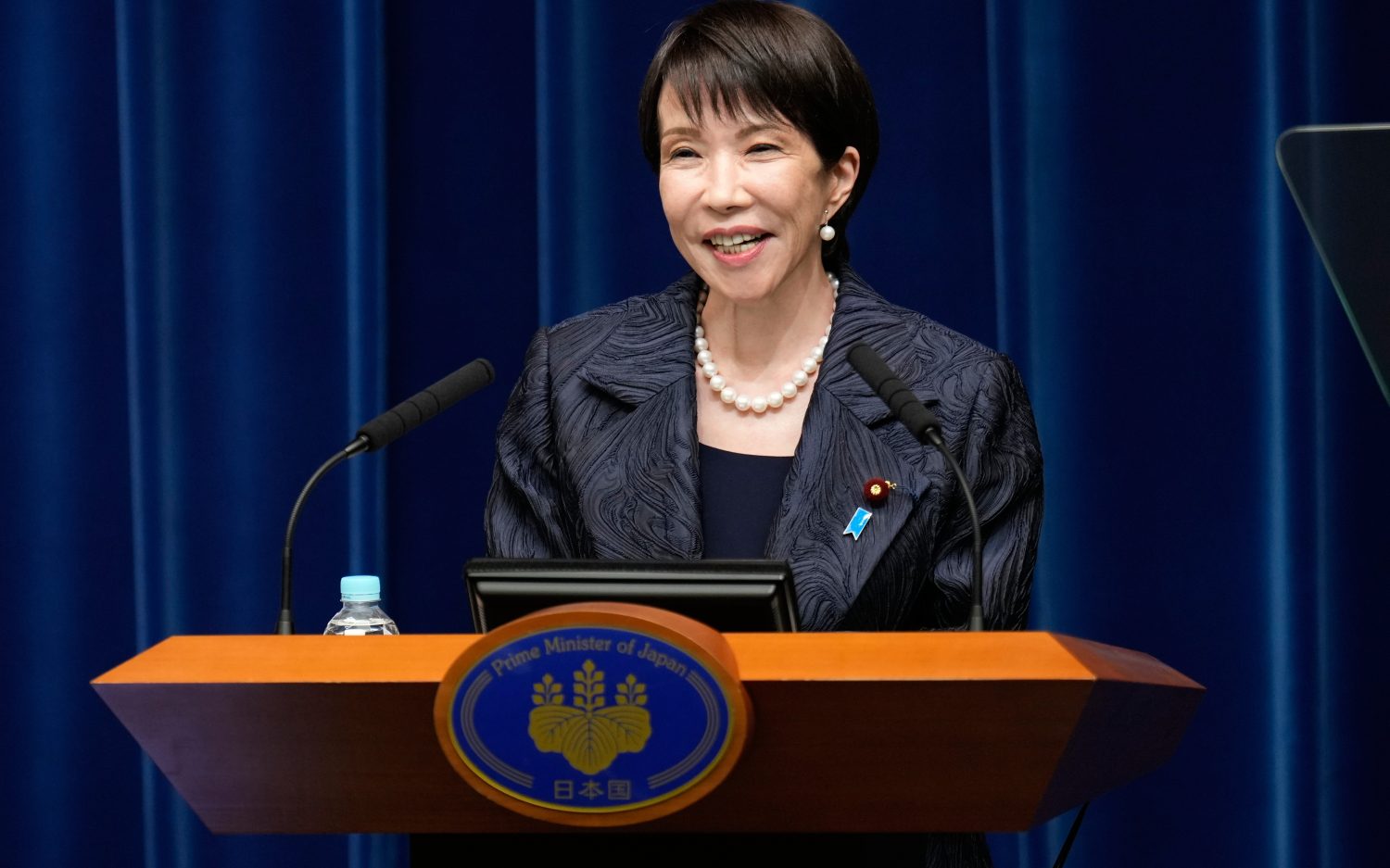Afghanistan’s ongoing conflict is killing, maiming its children
Civilians under 18 make up one-third of the casualties in fighting between militants, government forces
Afghanistan just launched a major offensive against insurgents along its far eastern border with Pakistan and on Tuesday announced the death of key Islamic State (ISIS) commander Saad Emarati. Despite some success for pro-government forces battling ISIS and Taliban fighters, conflict in the war-ravaged country drags on. And civilians are paying a heavy price: The death toll among non-combatants—especially children—continues to soar.
This week, the United Nations Assistance Mission in Afghanistan (UNAMA) reported a significant increase in mortality and injury among children, with an estimated one-third of all casualties affecting civilians under 18. Between January and June of this year, insurgency-related violence in Afghanistan has left 388 children dead, and 1,121 wounded, an 18 percent increase over the same period last year.
The UN report reflects “a significant backtrack on progress for Afghan children,” said Ana Locsin, country director for Save the Children in Afghanistan.
“Every single casualty documented in this report … represents a failure of commitment and should be a call to action for parties to the conflict to take meaningful, concrete steps to reduce civilians’ suffering and increase protection,” Tadamichi Yamamoto, the UN Secretary-General’s Special Representative for Afghanistan and head of UNAMA, said in a statement.
Analysts say the surge in child mortality is largely due to a shift in the Islamic militants’ tactics, with more ground fighting and deliberate attacks on schools, homes, and bazaars.
“Ground engagements continue to cause the highest number of civilian casualties, followed by complex and suicide attacks and improved explosive devices (IEDs),” the report says.
Remnants of explosive weapons littering the ground outside homes and streets where children play pose a particular danger, and children are the victims of almost 9 out of 10 IED-related deaths and injuries, according to the report.
Afghan security forces inadvertently add to the casualties and are “often responsible for badly aimed artillery and mortar fire,” according to Ahmad Shuja, Afghanistan researcher for New York-based Human Rights Watch. The UN report estimates pro-government forces are responsible for almost a quarter of all civilian deaths, a striking 47 percent increase since 2015.
Just two days before UNAMA released its casualty report, a suicide bomb attack ripped through a Shia Muslim Hazara demonstration in Kabul, killing 81 and wounding at least 231 more. Most victims of the bomb blast were civilians. ISIS speedily claimed responsibility for the attack—Kabul’s deadliest since the insurgency began in 2001—sparking new fears the Islamic extremists plan to boost their presence in Afghanistan to compensate for losses in Syria and Iraq.
In response to the attack, Afghanistan President Ashraf Ghani gave orders for the anti-ISIS military offensive in the country’s remote eastern region, where most of the country’s Islamic State loyalists are concentrated. Ghani’s decision to initiate marks a new chapter for Afghan battlefield tactics, which since the withdrawal of foreign troops in 2014 have been largely defensive. Afghanistan’s military will attack ISIS fighters with heavy airstrikes and ground combat, said Defense Ministry spokesman Dawlat Waziri.
An actual newsletter worth subscribing to instead of just a collection of links. —Adam
Sign up to receive The Sift email newsletter each weekday morning for the latest headlines from WORLD’s breaking news team.




Please wait while we load the latest comments...
Comments
Please register, subscribe, or log in to comment on this article.